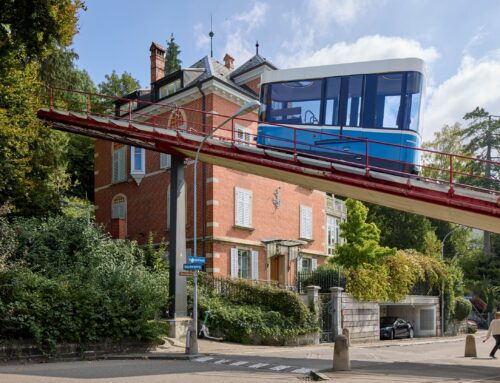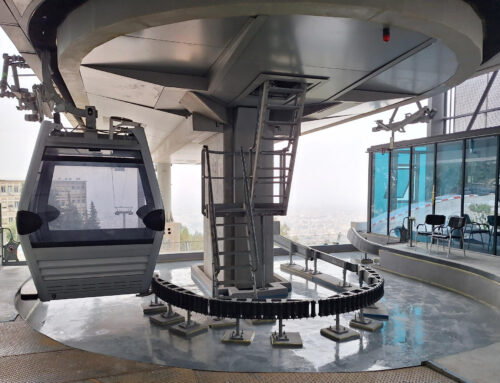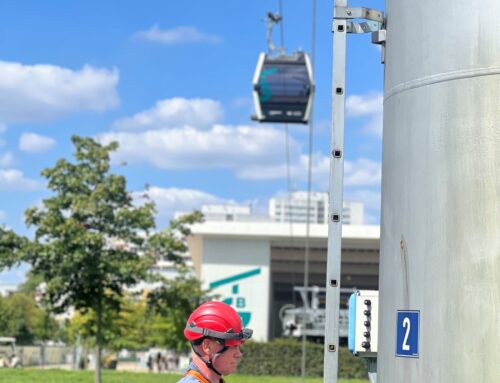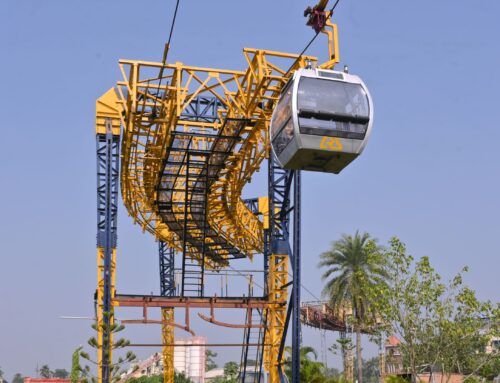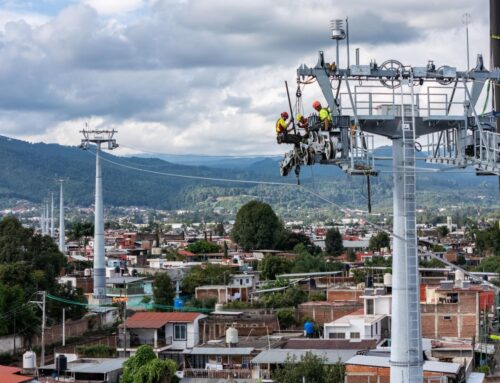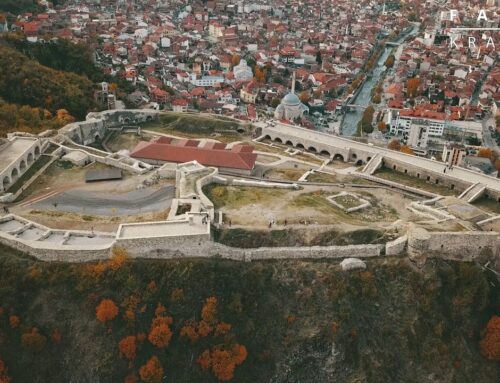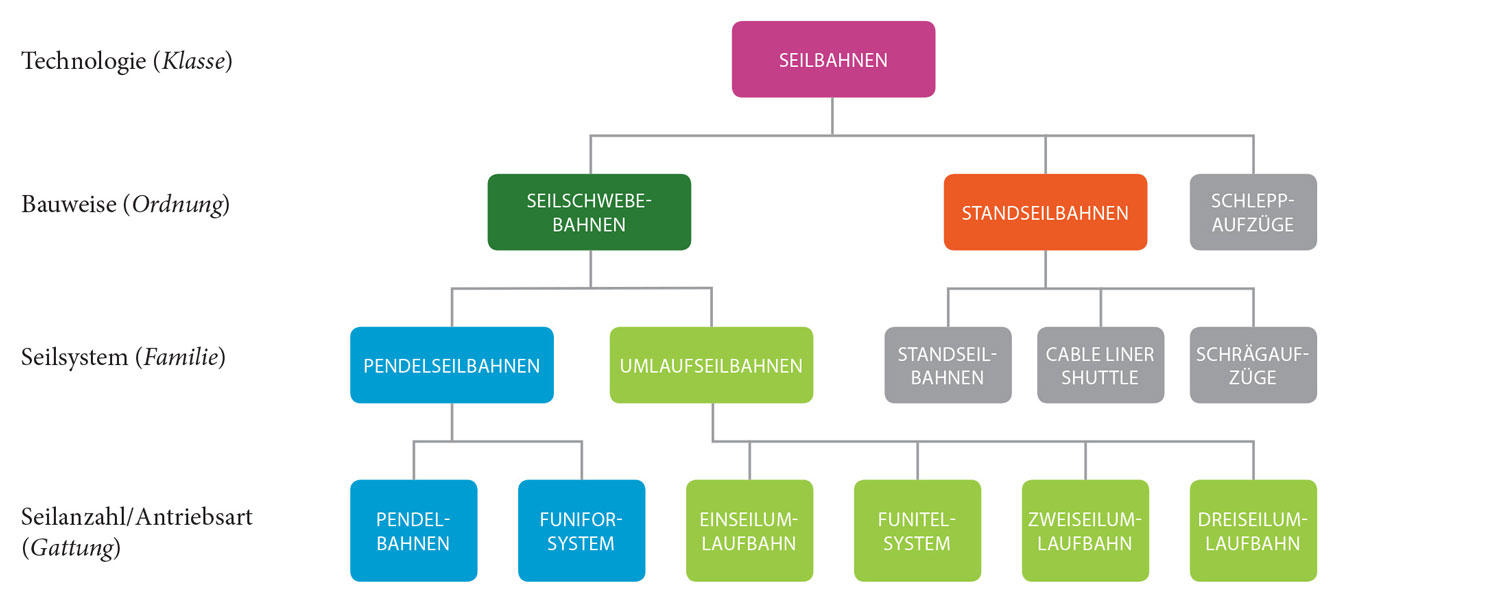
Cities, SI Urban 1/2020
CABLE CAR KNOWLEDGE
Cable cars can be classified in different designs, based on how they work, the cable system used and the number of cables or type of drive. This systematisation gives rise to a classification that is strongly reminiscent of taxonomy in the biological sciences, as Frieder Kremer highlights in his book, “Innovation Seilbahn” (Innovation Cable Car). The following is an extract from his publication, with a few editorial amendments (TU Berlin [Berlin Institute of Technology] 2015: pp. 31-35).
Accordingly, every order, family and genus of cable car has its own specific properties in terms of transport capacity, gondola size, travel speed and wind susceptibility as well as number of supports and maximum distance between them – span length. These are described in greater detail here.
Modesof operation
Classification by mode of operation, into aerial cableways and funicular railways, is undertaken in line with the legal principles. Aerial cable systems represent linear, point-to-point connections over the shortest route between two stations – the starting station and the terminal station.
The drive for the entire system is integrated into one of these stations. At least one cable is stretched between the stations, to which the individual vehicles – gondolas – are coupled. This cable is moved by the system drive. As it is therefore responsible for moving the gondolas, it is also referred to as the winding cable.
The gondolas float along this prescribed route above the ground. To ensure a safe distance between the cable and the ground, the distance between the two stations can be bridged with the aid of supports.
Funicular railways are likewise powered by means of a traction cable. However, they differ from aerial cableways in the fact that they travel on a fixed path; they are therefore not bound by linear connections and, at up to 7,500 people per hour and direction, they display a significantly greater capacity than aerial cableways.
On the one hand, the track can be either at ground level or on an elevated level; on the other hand, they are also frequently used underground.
Although many of the pros and cons described here also apply to funicular railways, there are a number of aspects (land usage, multifunctional use of space) in which they have no significant difference from conventional modes of transport.
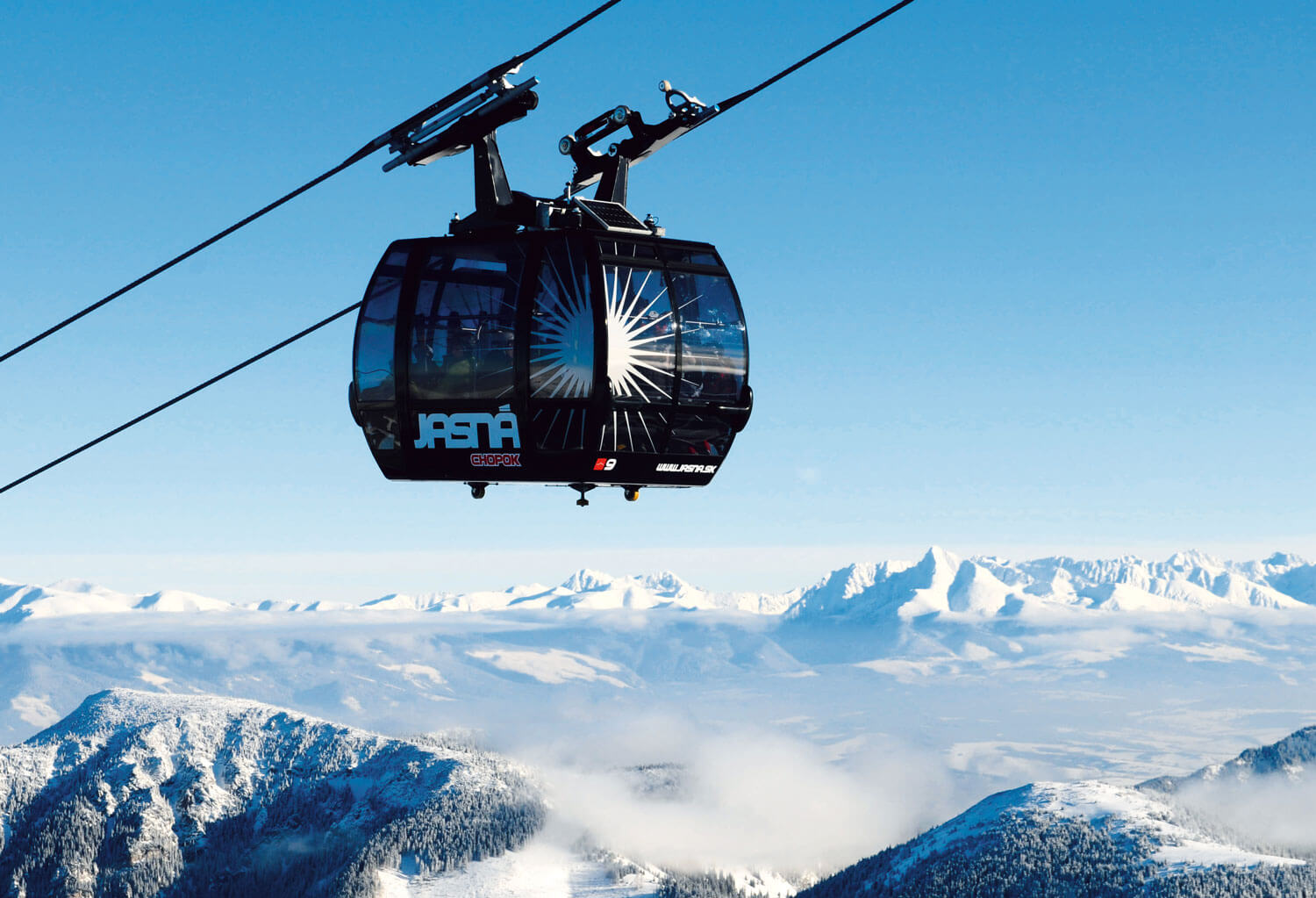
Cable system
Under aerial cableways, there is a distinction between aerial cable tramways and circulating track cableways. In the case of aerial cable tramways, one gondola per direction generally travels on one or two supporting cables.
Both of the vehicles travel between the stations in alternating operation, which is why boarding and alighting are possible only when the gondolas are stopped.
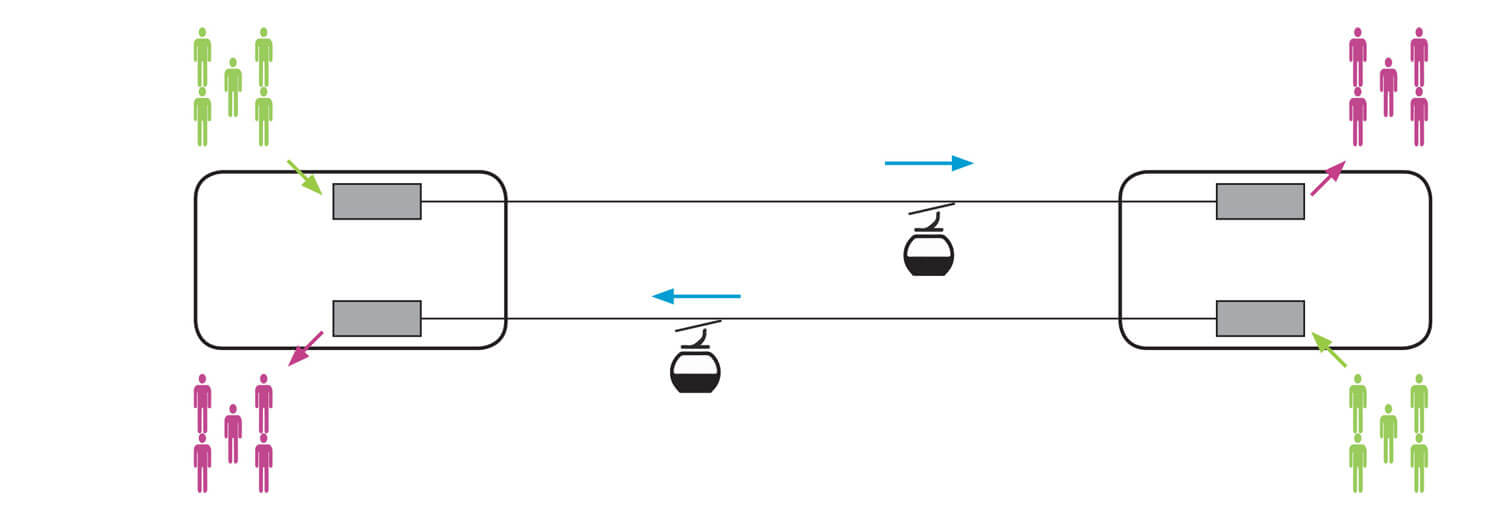
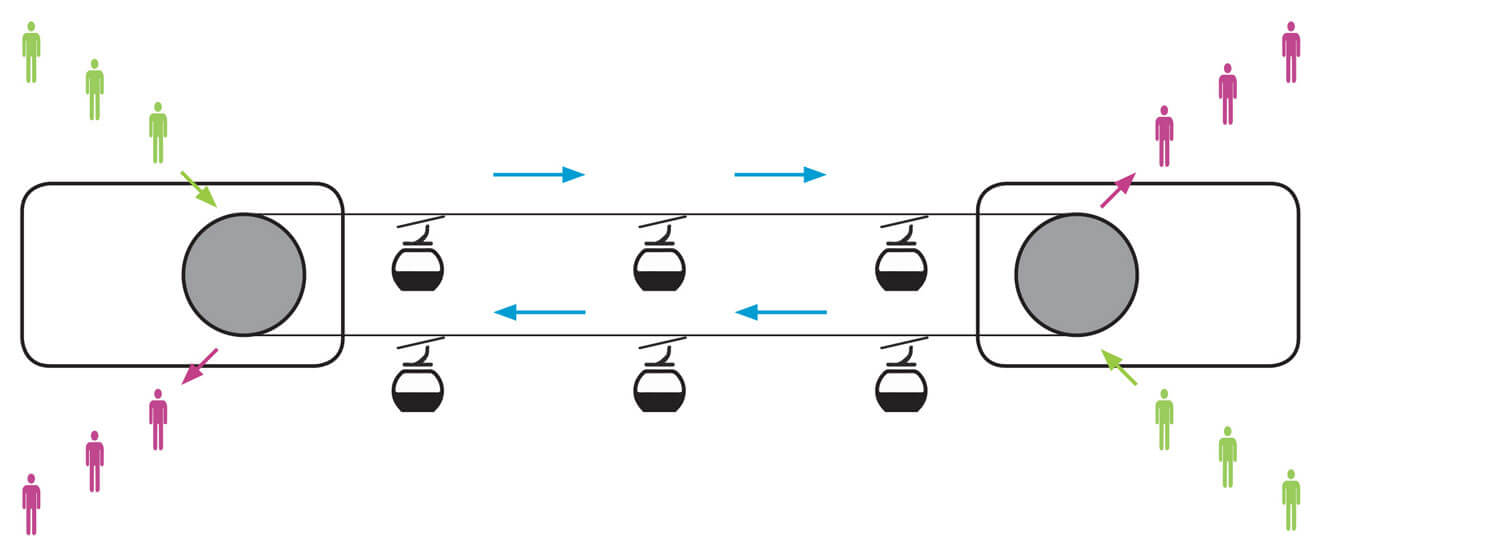
Number of cables
Under aerial cableways, a distinction is also drawn between single-cable and multiple-cable systems. Because of the lower tension in the winding cable, single-cable systems have greatersag,whichiswhytheyrequire more supports and tend more to follow the course of the terrain.
As the name indicates, they have only one cable, which holds and moves the gondola. With multiple-cable systems, the gondola rolls over a supporting cable that is fixed into place, and it is moved by a circulating traction cable.
Two, three and four-cable systems therefore have a more tightly tensioned supporting cable, which allows greater span lengths and thus a smaller number of supports.

